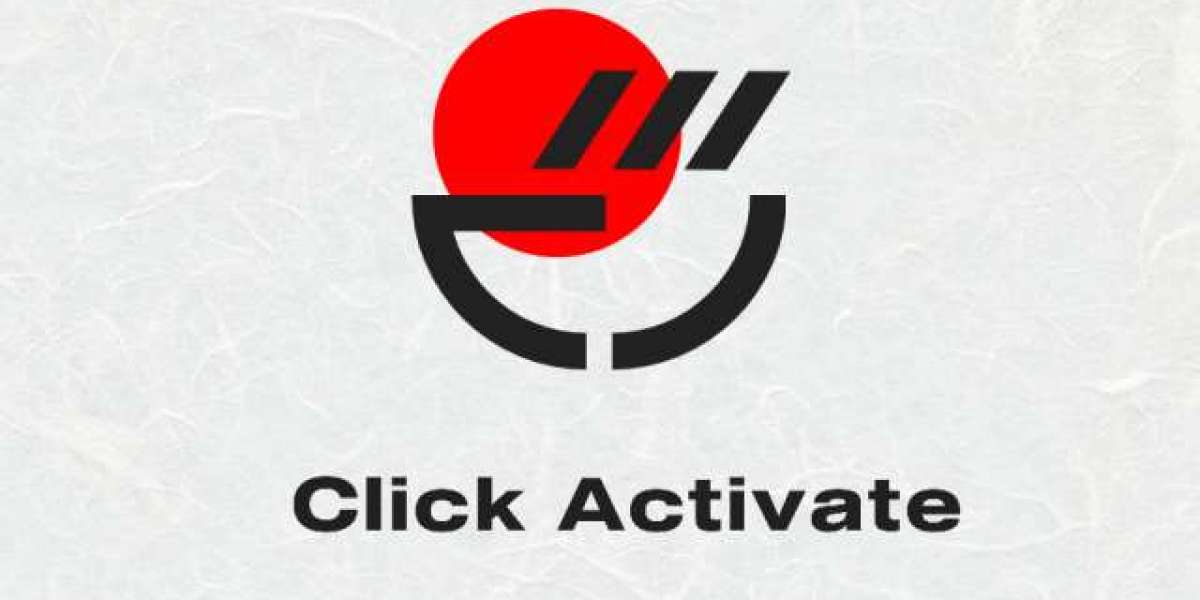Attention Deficit Hyperactivity Disorder (ADHD) is a complex neurodevelopmental disorder that affects millions of individuals worldwide. While medication is often a primary component of ADHD treatment, behavioral therapy plays a crucial role in managing symptoms and improving overall functioning. This article delves into the techniques and strategies that can enhance the effectiveness of behavioral therapy in ADHD treatment.

Understanding Behavioral Therapy in ADHD Treatment
Behavioral therapy focuses on modifying specific behaviors associated with ADHD. It aims to reinforce positive behaviors while reducing negative ones. This approach is particularly beneficial for children and adolescents, as it helps them develop essential skills for managing their symptoms. But how does this therapy work? By employing various techniques, therapists can create structured environments that promote positive behavior changes.
Key Techniques in Behavioral Therapy
- Positive Reinforcement: This technique involves rewarding desired behaviors to encourage their recurrence. For instance, parents might use a sticker chart to reward children for completing homework.
- Behavior Modification: This approach includes setting clear expectations and consequences for behaviors. By establishing a consistent routine, individuals can better manage their time and tasks.
- Social Skills Training: Many individuals with ADHD struggle with social interactions. Social skills training helps them learn how to communicate effectively and build relationships.
- Cognitive Behavioral Therapy (CBT): CBT helps individuals identify and change negative thought patterns that contribute to their ADHD symptoms. This technique can be particularly effective for older children and adults.
Tips for Successful ADHD Treatment
Implementing behavioral therapy effectively requires collaboration between therapists, parents, and educators. Here are some tips to enhance the success of ADHD treatment:
- Consistency is Key: Ensure that all caregivers and educators are on the same page regarding behavioral strategies.
- Set Realistic Goals: Establish achievable goals that can be measured over time. This helps in tracking progress and maintaining motivation.
- Incorporate Fun Activities: Engaging in enjoyable activities can make learning new skills more appealing for individuals with ADHD.
- Regular Feedback: Provide ongoing feedback to reinforce positive behaviors and make necessary adjustments to strategies.
Integrating Behavioral Therapy with Other ADHD Treatments
While behavioral therapy is a vital component of ADHD treatment, it is most effective when combined with other interventions, such as medication and educational support. For instance, medication can help manage core symptoms, allowing individuals to engage more fully in therapy. Additionally, educational accommodations can provide the necessary support in school settings.
Conclusion
In summary, behavioral therapy is an essential aspect of comprehensive ADHD treatment. By employing various techniques and strategies, individuals with ADHD can learn to manage their symptoms effectively. For more information on adhd treatment options, including behavioral therapy, visit  . Understanding and implementing these strategies can lead to significant improvements in daily functioning and quality of life.
. Understanding and implementing these strategies can lead to significant improvements in daily functioning and quality of life.







